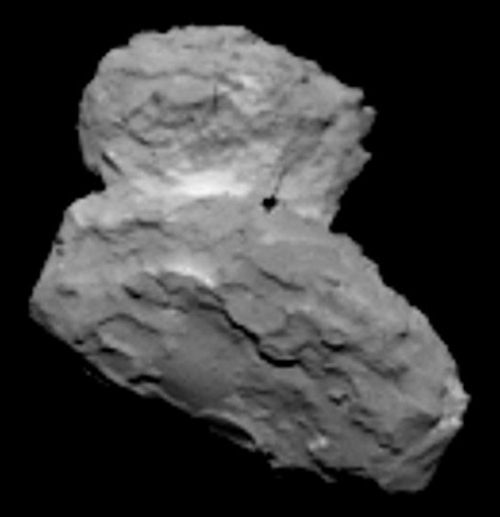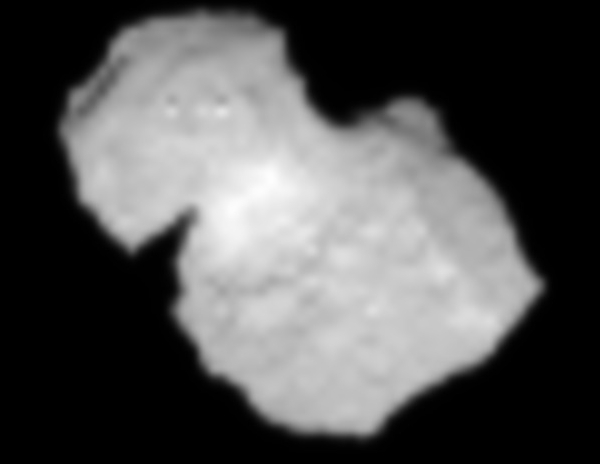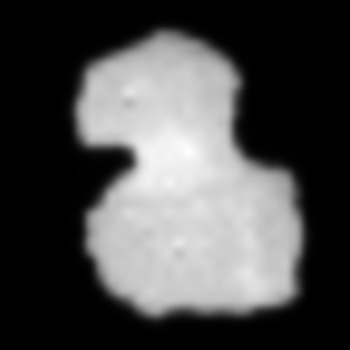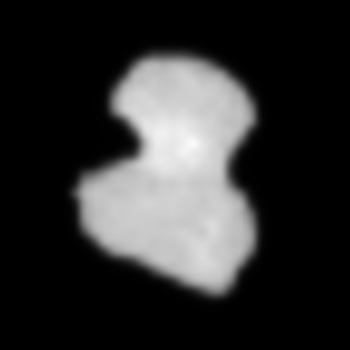The Putin government moves to take control of Energia
Vitaly Lopota, the president of Russia’s largest space company Energia, was suspended Friday by the company’s board of directors.
The move appears to be part of an effort by Russia’s government to obtain majority control over Energia, of which it owns a 38-percent share. The directors elected Igor Komarov as its new chairman of the board. Komarov is chief of the Russian United Rocket and Space Corporation (URSC), the government-owned company tasked with consolidating Russia’s sprawling space sector.
The government is also conducting a criminal investigation of Lopota, which might be justified but to me nonetheless appears to be a power play designed to both eliminate him from the game as well as make sure everyone else toes the line so that URSC can take complete control.
Vitaly Lopota, the president of Russia’s largest space company Energia, was suspended Friday by the company’s board of directors.
The move appears to be part of an effort by Russia’s government to obtain majority control over Energia, of which it owns a 38-percent share. The directors elected Igor Komarov as its new chairman of the board. Komarov is chief of the Russian United Rocket and Space Corporation (URSC), the government-owned company tasked with consolidating Russia’s sprawling space sector.
The government is also conducting a criminal investigation of Lopota, which might be justified but to me nonetheless appears to be a power play designed to both eliminate him from the game as well as make sure everyone else toes the line so that URSC can take complete control.




